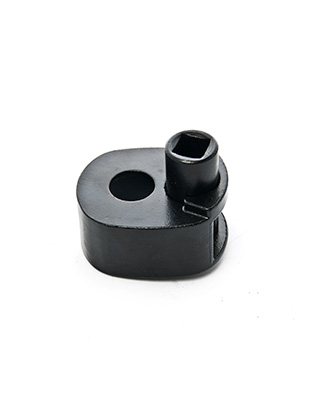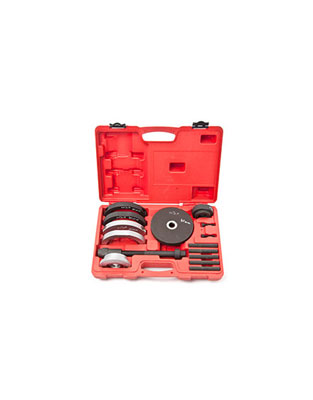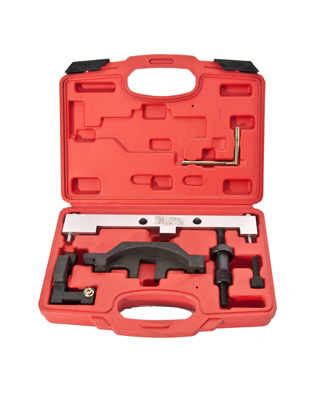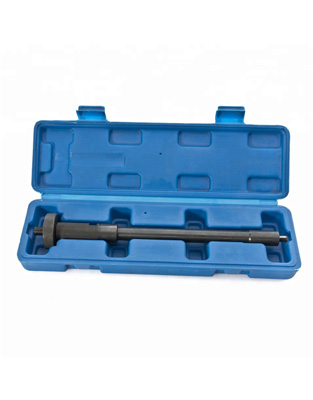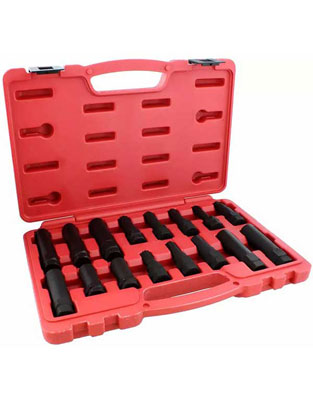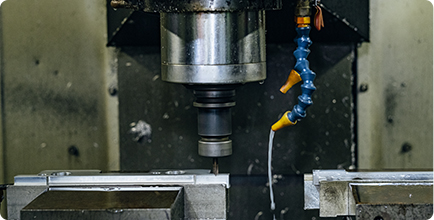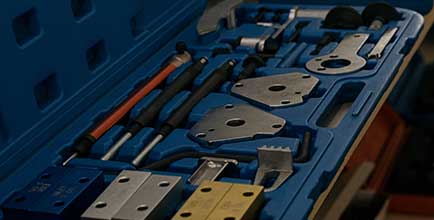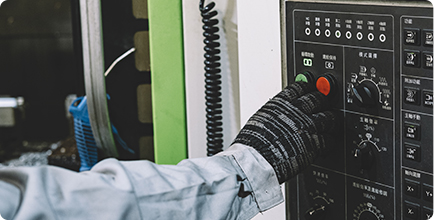Unraveling the Origins of Pull Shafts
The world of engineering has witnessed a remarkable evolution over the years, with constant innovations driving progress. One such crucial component that has played a pivotal role in various applications is the "pull shaft." In this article, we delve into the origins of pull shafts, tracing their development and understanding their fundamental mechanics.
Mechanics Behind the Pull Shaft
Pull shafts, often hidden from plain sight, serve as integral components in numerous mechanical systems. Understanding the mechanics behind these devices is essential for engineers and enthusiasts alike. At its core, a pull shaft is designed to transmit rotational motion or torque between different mechanical components. This article explores the intricate details of how pull shafts function, examining their design principles, materials, and applications.
Pull Shafts in Contemporary Engineering
As technology continues to advance, pull shafts have found their way into an array of cutting-edge applications. From automotive systems to industrial machinery, the versatility of pull shafts is remarkable. This section explores the role of pull shafts in contemporary engineering, shedding light on the latest advancements, materials, and manufacturing techniques that have propelled these components into the forefront of innovation.
The Evolution and Mechanics of Pull Shafts in Modern Engineering
Unraveling the Origins of Pull Shafts
The history of engineering is marked by milestones that have shaped the way we design and build machines. Among these milestones is the evolution of pull shafts – a fundamental component in various mechanical systems. The journey of pull shafts can be traced back to their early days when simple yet effective designs paved the way for their integration into complex machinery.
Early pull shafts were basic in structure, often consisting of a solid rod or tube that transmitted rotational force from one component to another. These rudimentary designs were prevalent in simple machines, such as early textile mills and water wheels. Over time, engineers recognized the need for more efficient and versatile pull shafts, leading to the development of advanced designs and materials.
Mechanics Behind the Pull Shaft
Pull shafts are designed to transfer rotational motion or torque between two or more components within a mechanical system. The mechanics behind these shafts involve a careful balance of materials, length, and diameter to ensure optimal performance. In many cases, pull shafts are subjected to substantial loads, making their mechanical properties a critical factor in their effectiveness.
The key to the functionality of pull shafts lies in their ability to withstand torsional stress. Engineers carefully select materials such as high-strength alloys or composite materials to ensure the pull shafts can handle the demands of various applications. Additionally, advancements in manufacturing processes, including precision machining and heat treatment, contribute to the durability and reliability of modern pull shafts.
Pull Shafts in Contemporary Engineering
In the 21st century, pull shafts have become indispensable components in a wide range of applications. In the automotive industry, they play a vital role in transmitting power from the engine to the wheels, contributing to the overall efficiency and performance of vehicles. In industrial settings, pull shafts are utilized in machinery that requires precise control and torque transmission.
Recent advancements in materials science and engineering have further expanded the capabilities of pull shafts. Carbon fiber pull shafts, for example, offer a lightweight yet robust alternative, making them ideal for high-performance applications where weight reduction is crucial. Additionally, the integration of smart technologies, such as sensors and data monitoring, has enhanced the predictive maintenance of pull shafts, ensuring optimal performance and longevity.
In conclusion, the evolution of pull shafts showcases the continuous pursuit of innovation in engineering. From humble beginnings to contemporary applications, pull shafts have proven to be indispensable in transmitting power and motion in various mechanical systems. As technology continues to advance, so too will the capabilities and applications of pull shafts, solidifying their place as a cornerstone of modern engineering.
 EN
EN










